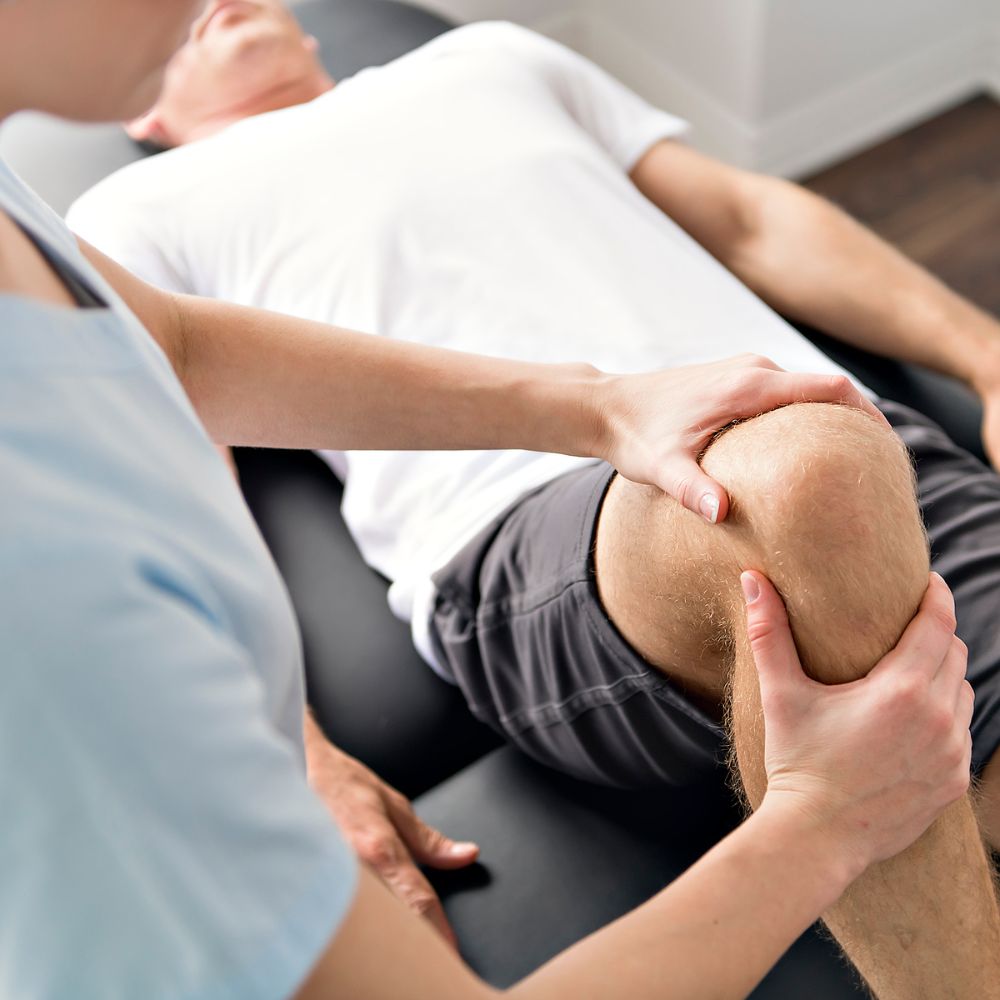Physical Therapist for pain management
Movement in Physical Therapy
Physical Therapists are movement experts. We are specialists in evaluating and treating movement disorders of the human body. In the US, PT is a postgraduate doctoral program. Our vision as a profession is “to transform society by optimizing movement and making it a human experience”
The IASP (international association of the study of pain) defines pain as “a sensory and emotional experience associated with or without actual or potential damage or described in terms of such damage.” Physical Therapists are equipped to listen compassionately to our patients’ pain experience and help guide them in regaining their movement back and their quality of life back.
Pain Avoidance Behaviors
PTs are trained to recognize pain avoidance behaviors as well as fears around movements. We can be very creative in showing our patients movements that are painful to them in certain positions but when done differently they have no pain. Thus helping them see that their body is strong and safe, and they have pain that can change. An example would be that a patient has pain raising his arm above his head – he has pain with reaching to get something from a high shelf. We may have him do a downward dog and he is able to do it without any discomfort. At that time I would take a picture of both movements and show the patient that the shoulder can move beautifully even with the weight of the body. This would help change the experience of pain from fear to empowerment.
Education for our patients about pain also plays a big role in managing pain. As PTs our knowledge about the science of pain has to be vast. We need to have a very thorough knowledge of the biopsychosocial nature. We need to be Psychologically informed as well as be aware of the Social factors along with or without biological injury, and how that impacts our patients’, pain which in turn results in faulty movement patterns.

Questions to ask your Physical Therapist
Most PTs are very good at what they do. If you are looking for a pain PT you may want to ask the following questions:
a. What is pain? (They should be able to rattle of the definition without any pauses)
b. Are you a biomechanical or biopsychosocial therapist? (The answer should be biopsychosocial if you are interested in taking charge of your relationship to pain).
c. Do you collaborate with other professionals like SW’s, psychologists, dietitians, sleep doctors, yoga therapist?
d. Are you mainly a manual therapist? Manual therapy only can entrap a patient as the patient starts believing that its the therapist’s magic fingers that ” fixed” them. When the physical therapist describes their practice, look for words like empower, education, coach, holistic, etc.
Patients should seek Physical Therapists who can empower them and move them away from body fragility. If they hear the word “fix” they should run away. Instead look for words like empowerment, education, compassion, holistic, coaching.
Sharna Prasad PT, DPT
sprasad@samhealth.org
Sharna Prasad is a practicing Physical Therapist who is passionate about pain and pain education. She is a certified therapeutic pain specialist. You may find information about her work on opiod, pain, and healthy self-care among high school children here: www.selfcaretransformshealthcare.com.


